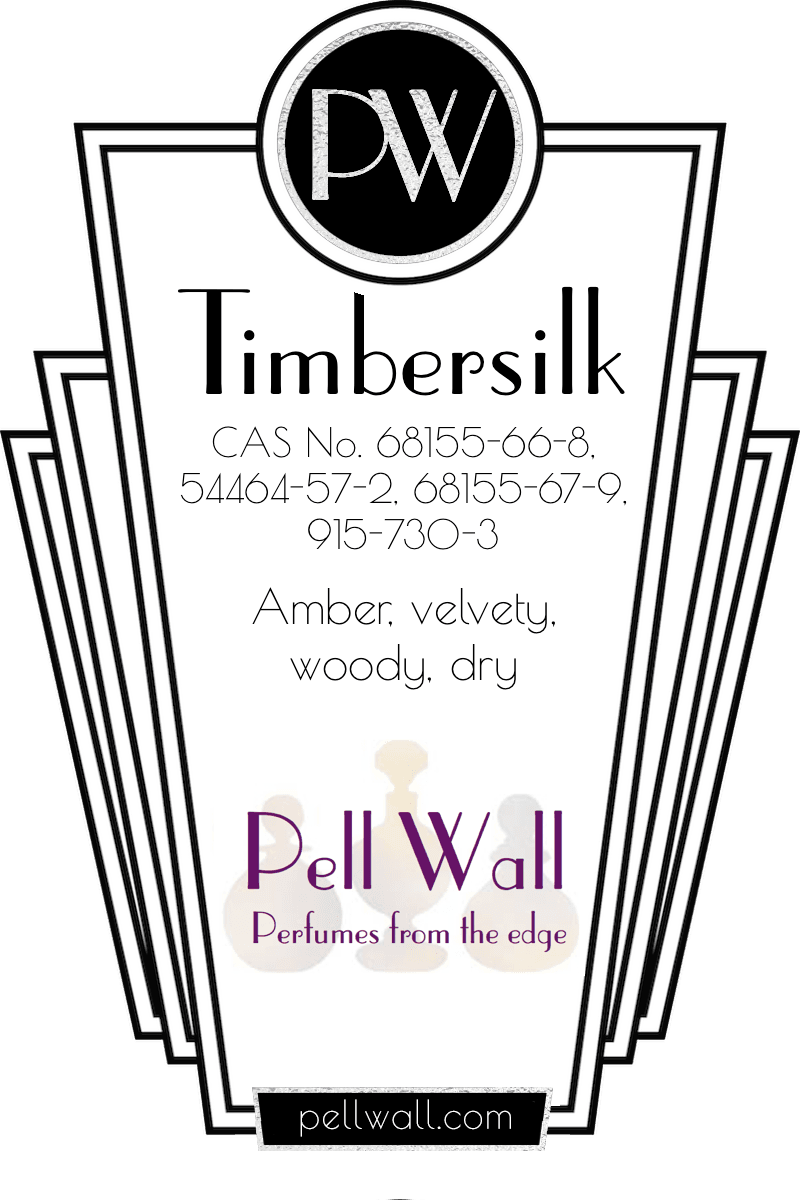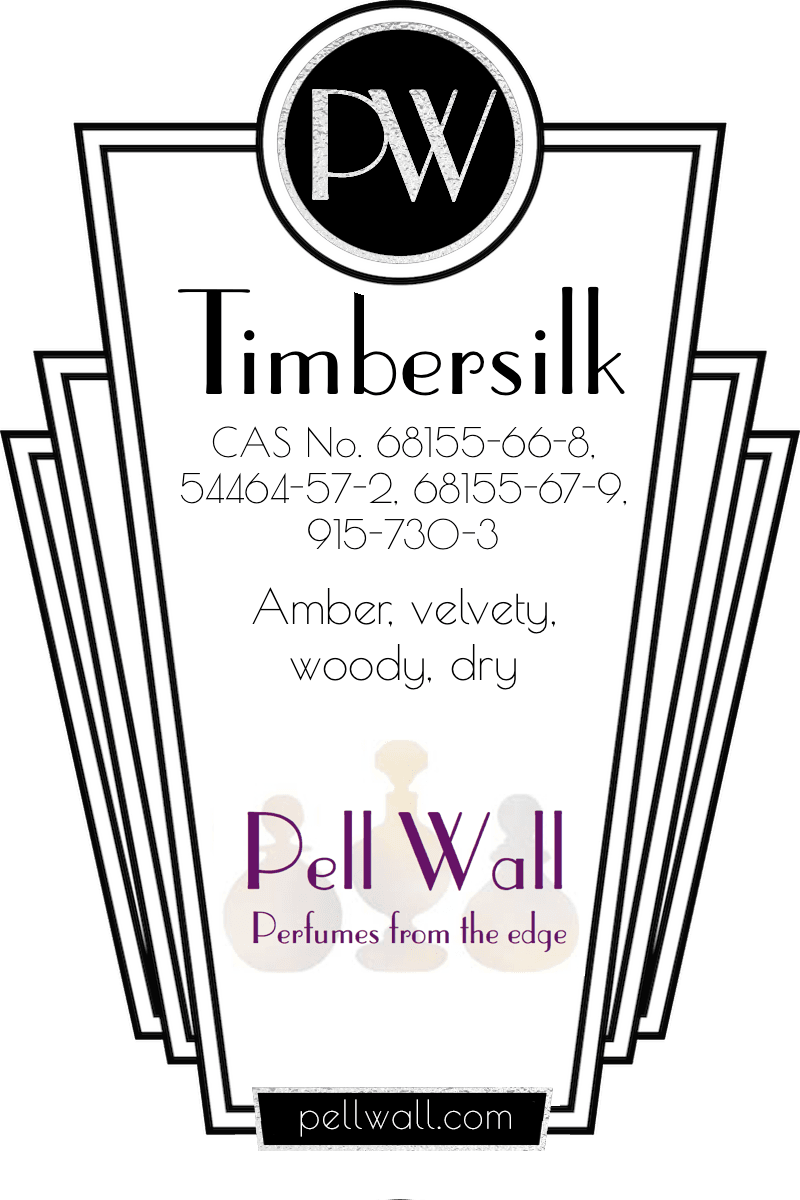Descriptions
Each entry contains a short list of scent notes with occasionally other short commentary to assist those who may not have encountered the material previously to decide whether it is of interest: I recommend you make your own assessment of each and every perfumery material you use however.
After pricing, quantity options and other basic details scroll down for narative descriptions: these are intended to assit interested readers as well as potential purchasers to assess the uses and potential of the material in question.
Many of the descriptions contain quotations from the manufacturer of the product and in addition I have quoted fairly extensively from Arctander[1] and from Arcadi Boix Camps[2] – both independent writers and both highly experienced perfumers.
There are also some quotes from Bedoukian[3] where details of the chemistry of a material are significant and from Scent & Chemistry[4] the authors of which have taken an analytical approach to the art of perfumery that is unusual and very useful. Quotations have been included from the extremely useful teaching books by Calkin & Jellinek[5] and Curtis & Williams[6] and Surburg and Panten [7] as well.
Anything not identified as a quotation is my own opinion of the material in question and it’s uses, but I am grateful to many other sources and perfumers as well as the expert authors named here. Please note that these descriptions are copyright of the author and, other than properly achnowledged fair use quoations as defined in English Law, republication in any form is not permitted.
[1] Steffen Arctander: quotations are taken from Perfume and Flavor Chemicals published in 1969 and Perfume and Flavor Materials of Natural Origin published in 1961
[2] Arcadi Boix Camps: quotations are taken from Perfumery: Techniques in Evolution, 2nd Edition published in 2009, but containing material written in 1978, 1985, and 1999 as well – where relevant the date of writing is noted with the quotations.
[3] Bedoukian: quotations are taken from Perfume and Flavoring Synthetics, 3rd, Revised Edition by Paul Z. Bedoukian, Ch.E., Ph.D. Published in 1986.
[4] Scent & Chemistry by Ohloff, Pickenhagen and Kraft, published as a book of that name in 2012, from which I have quoted, but also referencing updates on their maintained Facebook page . In addition this tag is used in the descriptions for other works involving the same authors, including:
- Felker, I., Pupo, G., Kraft, P. and List, B. (2015), Design and Enantioselective Synthesis of Cashmeran Odorants by Using “Enol Catalysis”. Angewandte Chemie Int. Ed., 54: 1960–1964.
- Kraft, P. and Popaj, K. (2008), Unexpected Tethering in the Synthesis of Methyl-Substituted Acetyl-1-oxaspiro[4.5]decanes: Novel Woody–Ambery Odorants with Improved Bioavailability. Eur. J. Org. Chem., 2008: 261–268.
- Kraft, P. (2004) Aroma Chemicals IV: Musks, in Chemistry and Technology of Flavors and Fragrances (ed D. J. Rowe), Blackwell Publishing Ltd., Oxford, UK.
[5] Calkin & Jellinek: quotations are taken from Perfumery: practice and principles by Robert R. Calkin, J. Stephan Jellinek, published in 1994.
[6] Curtis & Williams: quotations are taken from An Introduction to Perfumery 2nd Edition, by Tony Curtis and David G Williams, published in 2001
[7] Surburg and Panten: quotations are taken from Common Fragrance and Flavor Materials. Preparation, Properties and Uses. 5th Edition by Horst Surburg and Johannes Panten (Copyright 2006 WILEY-VCH Verlag GmbH & Co. KGaA, Weinheim), published in 2006
Spelling
A quick note about spellings: this website is primarily written in British English - it is after all written by an English Perfumer - however most of the authors mentioned here and many of the manufacturers were writing for American audiences and published using American English: where that is the case I have, as far as possible, preserved the spelling used in the source material. As a result there may be inconsistencies on any given page, but that seemed to me better than arbitrarily changing material in the process of quotation.
Quantity Options
We’ve recently had a change of policy - and bought some new containers - so now all ingredients are sold by weight whether they are solids or liquids. Only the 10ml and 5ml sizes incorporated in kits, and a few inexpensive materials such as solvents, are still done by volume. Even the 5ml and 10ml sizes will now be filled to contain 5g or 10g regardless of whether the material is solid or liquid.

Liquids up to 10g in glass bottles (where the fill level may vary as illustrated above), 30g and 50g in HDPE Plastic.
Those materials available in 1Kg are normally supplied in aluminium flasks similar to those used for the 500g size, though we do supply a few materials in HDPE bottles as well.
Finally please note that, with some 500 different materials and so many size options we don’t hold ready-to-sell stocks: when you buy perfumery ingredients we will prepare them to order for you. This means that large orders can sometimes take a few days to prepare and also that we don’t offer refunds on ingredients, unless of course there is a fault of some kind.









